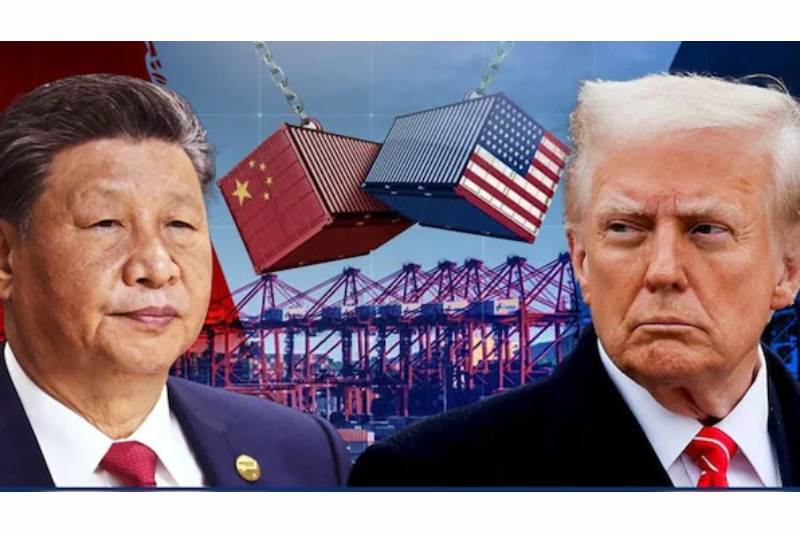
China’s New 34% Tariff on U.S. Imports – Impact on Markets & Economy
The U.S.-China trade battle is heating up. On April 10, 2025, China will impose a 34% tariff on all U.S. imports. This move follows recent U.S. tariff hikes, pushing both nations deeper into a trade war.
The question is: Who will be hit the hardest?
Global markets wasted no time reacting. Stock futures plummeted as news of China’s tariffs broke. The Dow Jones and S&P 500 saw steep drops. European and Asian markets also took a hit.
Investors fear a ripple effect across industries. Higher import costs could drive inflation, slow growth, and disrupt supply chains.
Wall Street responded with volatility. Tech stocks and agricultural companies felt the immediate impact. Companies that rely on Chinese exports saw stock prices nosedive.
Commodities also took a hit. Soybeans, corn, and meat prices fell, given China’s importance as a U.S. agricultural buyer. The auto sector faces challenges too, as tariff costs could drive up vehicle prices.
This is more than a tariff battle—it’s a fight for economic power.
China isn’t stopping with tariffs. The country is tightening controls on rare earth exports, critical materials for electronics and defense tech. This could impact U.S. manufacturers and tech companies.
Trade negotiations have stalled, leaving businesses and consumers caught in the middle.
The 34% tariff will hit major U.S. industries, including:
Agriculture (soybeans, corn, dairy, and meat)
Automobiles and industrial machinery
Tech and semiconductors
Consumer goods like electronics and clothing
For businesses, this means higher production costs. For consumers, it could lead to price increases on everyday goods.
Diplomatic talks are ongoing, but tensions are higher than ever.
Recent U.S.-China military discussions have focused on maritime security, but trade negotiations remain deadlocked. The U.S. claims China’s trade policies are unfair, while China views U.S. tariffs as economic aggression.
Will either side back down? For now, the answer seems unclear.
The global economy is at a crossroads. Supply chains are under strain, businesses are reconsidering trade routes, and inflation concerns are rising.
Markets will be watching closely. Will more tariffs come? Will negotiations resume? The stakes are high, and the world is waiting for the next move.
Stay tuned for updates as this situation develops.